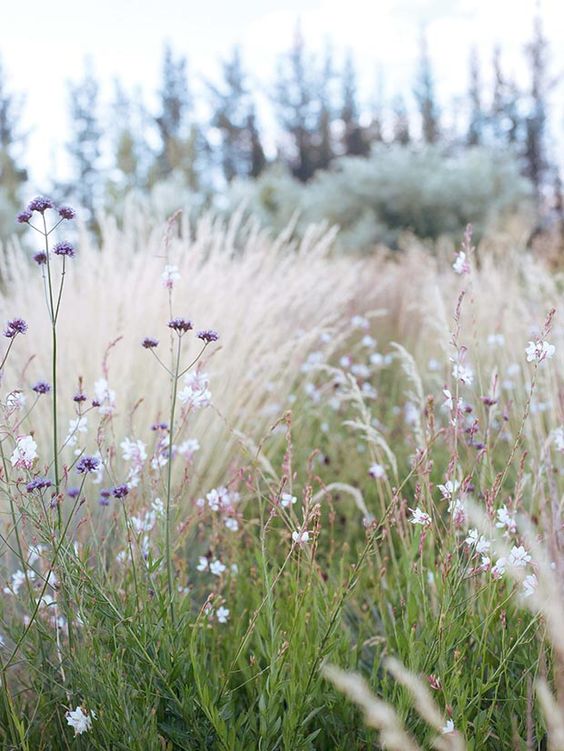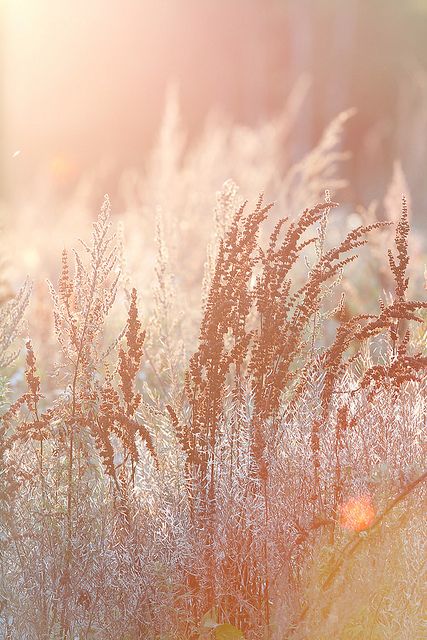
Faced with a constant impoverishment of our biodiversity, intense heat waves and ever-longer droughts…forget your monospecific lawn that consumes water and chemical fertilizers! Your soil and your wallet will thank you! Try grass or natural grassland! From the sun? Little water and poor soil? And two mowings a year? It will be even more beautiful!
In this article we will try to convert you to it while offering you a rich bibliography to deepen the subject by yourself.
The meadow is within everyone’s reach! As simple as it is rewarding, it will bring a bohemian touch to your park and attract a whole cohort of auxiliaries who will contribute to the biological balance of the place.
Locate
You will be told that a flowery meadow loves the sun, poor soils…and it’s true! However, we don’t limit you to that! For rich soils think grasses! For shade…think shade perennials! Everything is possible ! And don’t forget the bulbs!! Seeds are good, but that’s not everything!
Prepare the ground
For an optimal take of your meadow you will have to eliminate or at least calm the competition by a good preparation of the soil and the seedbed.
Step 1: mechanical weeding of the soil (NO to phytosanitary products)
Step 2: Loosen the soil for about 15cm. This will help the young roots to establish themselves.
Step 3: Evacuation of organic residues. Indeed, you must avoid any organic input that could enrich your soil and favor grasses to the detriment of flowering plants. That said… a grassy meadow also has its charm.
Step 4: Fine leveling of your soil which will depend on your landscape project.
Installation of the meadow
Several techniques are possible, ranging from planting seedlings to sowing through the laying of hay residues from a nearby meadow.
1: Let it be. Yes. It can also work. Let grow…mow evacuate…your soil will become impoverished year after year and flowers will settle.
2: Grassland graft. Collect pieces of nearby meadows. For example squares of 20×20 by 15cm high and plant them at regular intervals. Water them, and wait.
3: The sowing should preferably take place at the end of the summer during the month of September or October … with global warming we have to deal. Indeed the grip will be better, winter being essential for the germination of many seeds. However, a spring sowing is possible in March, but by doubling the quantity of seeds. In terms of temporality, it takes 2 years for the proper installation of the meadow… the first year the annuals will dominate before regressing from year to year in favor of the perennials.
4: Plant. More expensive but faster. Think of your meadow as a bed and plant one-year-old seedlings in the spring. Accompany your planting with watering to promote establishment.
Maintenance
To promote biodiversity, differentiated mowing should be preferred.
Part 1: mowing 15/20 May then 15/30 October. It cuts the flowers early and results in a better spread of flowering over the entire plot.
Part 2: mowing in September. It dries on site and allows natural re-sowing on site.
Part 3: a mowing every 2 or 3 years. It promotes botanical and ecological diversity.
Note that when mowing a minimum height of 10cm is required, otherwise you will decapitate all your perennials and the nests of auxiliaries. Leave your mowing products for a while before evacuating to allow time for the seeds to fall…but evacuate everything afterwards so as not to enrich your soil. Give preference to centrifugal mowing (from the center to the outside of the plot. ).
Opening
Don’t hesitate to mix methods, enrich your natural meadows with botanical species…for example, beautiful bulbs such as camassias or daffodils…If your soil is rich and depleting it bothers you…do it with grass! Beautiful textures are possible! Anything is possible when you understand the basics! Be creative and have fun!
Guide the flower meadow of Noah

